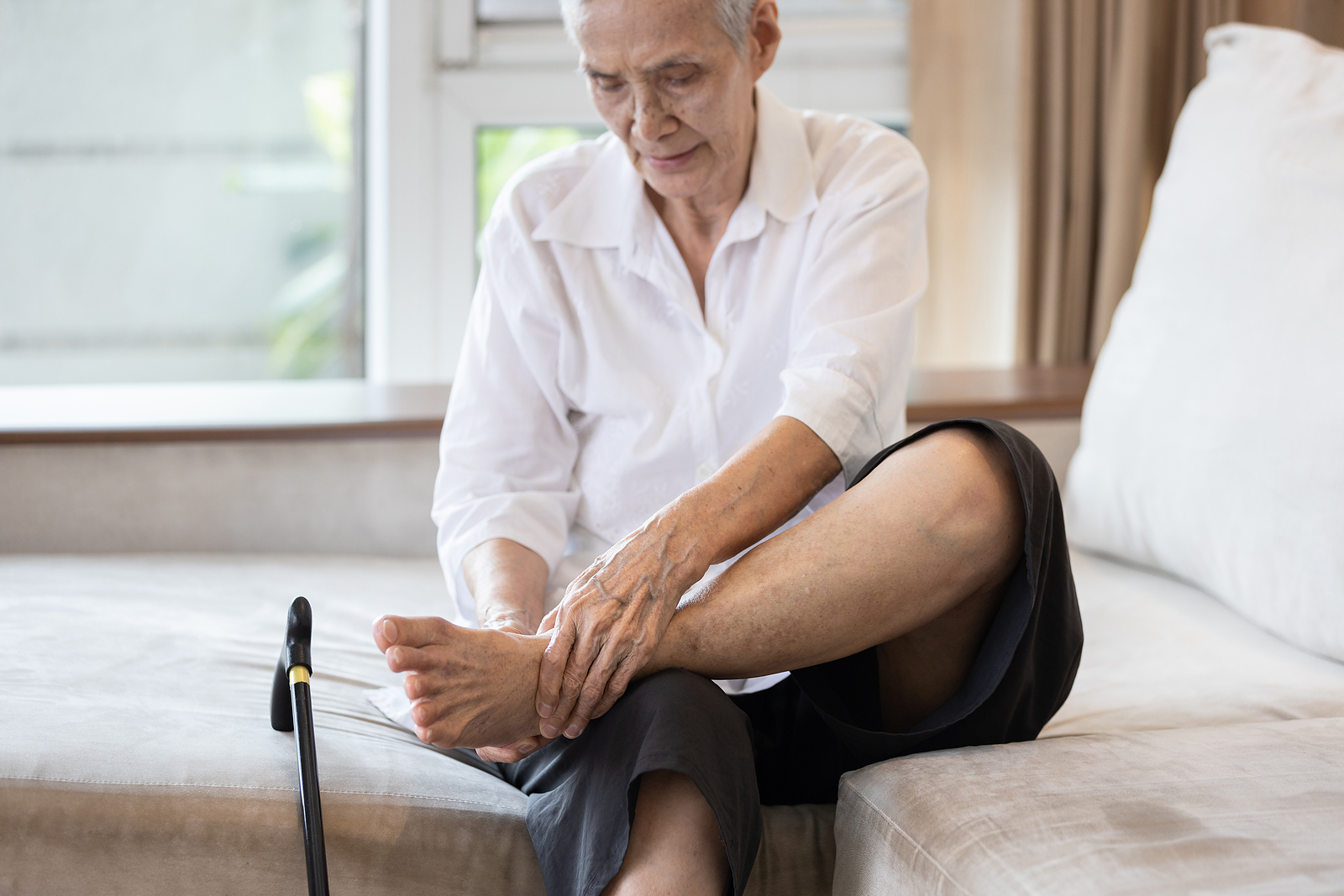
With more than 30 joints in the feet and ankles, these areas of the body often are commonly affected by arthritis. They are also the joints of the body that have consistently had the most use for your elderly loved one- since the day he learned to walk, he’s been using his feet and ankles. The feet and ankles are also responsible for holding and supporting the most weight since they are on the lowest part of the body, holding up everything else above them when walking. Those facts, along with a long lifetime, can make them extremely susceptible to developing arthritis as the years of wear and tear take effect on the ability to function.
What is Arthritis of the Feet and Ankles?
Extremely common in the elderly, arthritis is damage that occurs to the joints. When it occurs in any of the bones or joints of the feet and ankles, it’s considered Feet and Ankle Arthritis. Your loved one may suffer from arthritis in numerous areas of his body including his feet and ankles or he may have other areas of arthritis completely.
Arthritis is a disease that occurs when the cushioning of cartilage is reduced between joints and bones, causing them to rub against each other, creating pain, discomfort, and swelling. The most common types of arthritis that affect the feet are osteoarthritis, rheumatoid arthritis, gout, and post-traumatic arthritis.
Foot and Ankle Arthritis Symptoms
Your loved one’s arthritis doesn’t develop overnight. It can take years to develop resulting in your loved one just slowly growing accustomed to the symptoms that he feels. By the time it starts interfering with daily life, the symptoms will be quite strong and the damage will be done.
- Joint pain. The pain will increase during certain activities but can also bother her while resting. Some people notice that even the weather can affect how much the joints in their feet hurt.
- Tenderness. Your loved one may notice that some shoes are no longer comfortable because of the tenderness in his feet. The tightness of a shoe may put too much pressure on key pain points.
- Swelling. In addition to being tender, his ankles or feet may swell because of the inflammation.
- The feet may become red or feel warm as they battle inflammation.
- Pain may be more noticeable in the early morning after waking, after sitting for a long period such as watching a movie or being on a longer car ride.
- Reduced range of motion in the ankles when stiffness sets in.
- His gait may change as it becomes difficult to walk. He might hobble or limp or have a slower walk. Stairs and other elevation changes could become tricky.
Getting Help at Home
Arthritis cannot be cured and will instead need to be managed with medications and possible surgery or physical therapy. If your loved one lives in a home with stairs, he might need 24-hour home care to assist him in moving around his home safely. A 24-hour home care provider can help her get out of bed in the morning and move around safely around the home even when his feet and ankles are at their worst. With 24-hour home care, he’ll have someone there at all times to make sure he can safely navigate his home despite the limitations that his arthritis may put on him.


